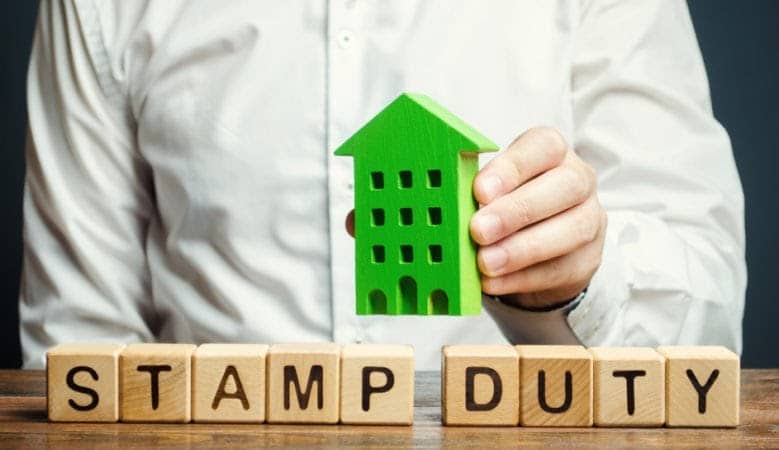

So now that you are off on your journey of property investing or even property development, you need to be sure you know all the legal ins and outs associated with it. This means knowing all about stamp duty and how to calculate that
So what exactly is stamp duty?
Stamp duty is a tax that is placed on official documents by the government for legally recording various transactions. These types of transactions include copyrights, securities, real estate, transfer of properties, and patents.
This means that as a property investor, you will end up likely having to pay a stamp duty tax to keep all of your transactions recorded and legal friendly. You must comply with these taxes and the government often has them in place to generate some revenue to cover various activities that need to be carried out.
But what if you don’t pay your stamp duty land tax?
You have 14 days to both file and pay any dues required from purchasing your property. Not doing so leaves you to be liable for additional fines and fees, so be sure to be in touch with your solicitor and get your stamp duty paid.

Photo Credit: Forbes
In the U.K. there are some exemptions on stamp duty tax. Back in 2017, the U.K. government did away with some of the taxes.
For anyone owning a property that is valued up to £300,000 does not have to pay the stamp duty property tax. For any property that is valued up to £500,000, it is exempt from paying the stamp duty tax for the first £300,000 of its projected value.
This has meant less revenue coming in for the government but has made home buyers save roughly £5,000 that would not have been saved prior to 2017. Tax laws may change year to year depending on the needs of the government and other factors as well.
Second properties bought also have a different tax rate and value cap than a first property as well.
Non-residents also have to pay a little extra tax percentage. This means if you live in Northern Ireland and want to buy property in Wales, you will likely pay an extra 2% on the stamp duty tax.
If you are looking to calculate stamp duty tax a bit automatically, you can create a formula in Excel that can serve as your official stamp duty calculator.
The key here will be to use SUMPRODUCT functions within excel once your values are added in.
Lets say the following values are attached to the corresponding tax percentages:
£0-£125,000.00 0%
£125,000.01 – £250,000.00 2%
£250,000.01 – £925,000.00 5%
£925,000.01 – £1,500,000.00 10%
Over £1,500,000.00 12%
You will end up putting your purchase price in A1.
To calculate the tax totals with those percentages at your purchase price you would then run an automation using the following formula:
=SUMPRODUCT(–(A1>{125000;250000;925000;1500000}), (A1-{125000;250000;925000;1500000}), {0.02;0.03;0.05;0.02})
You will have to be sure as years and legislations change, the percentages and different tax brackets may shift as well, so be sure your information is most up to date before running your automation.
If you are looking for some more official information on stamp duty taxes, you can always check out your local government site.
This is a great way to double-check your exact needs when it comes to property taxes. Different regions through the United Kingdom have different set rules about taxes. Scotland, Wales, England, and Northern Ireland all have different tax regulations and different officials to have to pay through.
Company Address
Pearl Lemon Properties
34-35 Strand, Charing Cross, London WC2N 5HY
Contact Detail
UK: +442071833436
US: +16502784421
© All Rights Reserved | Company Number: 10411490 | VAT Number: 252 7124 23